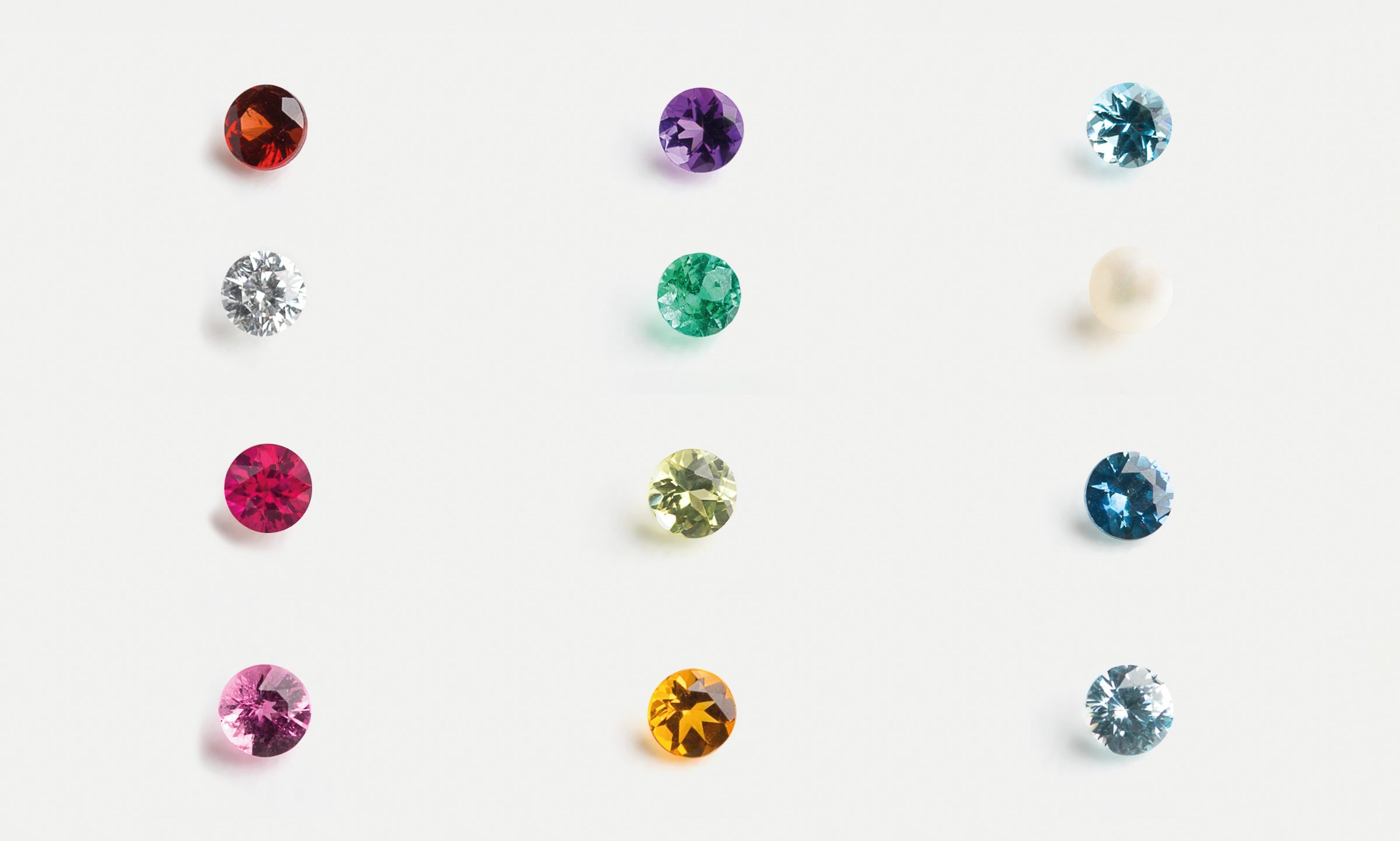Agate is a mineral of the Quartz family. It has many varieties, like blue lace agate, crazy lace agate, dendritic agate, moss agate, luna agate, and fire agate. The gemstone usually has bands in stripes or layers, while some varieties have specks of color, eye markings, or fossilized inclusions.
The Physical Properties of Agate
Agates are created from nodular masses in rock, like volcanic and certain metamorphic rocks. When split open, they reveal a variety of patterns, colors, and bands that distinguish the gemstone from other forms of chalcedony.
Agates are made of fibrous chalcedony (cryptocrystalline silica) and the fibers in thin slices are sometimes visible in a transmitted light which causes interesting optical effects. Agate is slightly porous with threads that are not tightly interlocked and can be dyed easily.
These gemstones can be found in variety of colors like green, red, blue, white, orange, purple, brown, multicolored, or banded. Agate's crystal system is hexagonal; it has a refractive index of 1.54-1.55. and hardness of 7 (quartz) on the Mohs scale of mineral hardness. Agate has a waxy luster and was commonly used in hardstone carving.
The History of Agate
Agates are stones that have been used as precious materials and gems for the production of small sculptures and ornaments. It was named by a Greek philosopher, Theophrastus, who discovered it near the river Achates (Sicily).
Also known as chalcedony, the name originates from an ancient port on the Sea of Marmara, Chalcedon, a trading center for many gems where various ornamental materials used to be mined. Agate stones were used for stone inlay work and bases and handles of goblets (and similar gold items).
In antiquity, the value of agate was quite high when it ones one of the primary stones used. The gemstone is from Italy, Scotland, Germany, Canada, U.S.A., Madagascar, Egypt, Mexico, China, India, Brazil, and Uruguay.
The Lore of Agate
Agate was highly valued as an amulet or talisman, according to ancient texts. People believed that it was able to protect from fevers and quench one's thirst. According to some legends, Persian magicians used it to affect the weather and divert unwanted storms.
Agate bowls were famous in the Byzantine Empire and were commonly found in residences of European royalty as well as museums. An example of how enthusiastically these bowls were collected is a collection by Mithridates, King of Pontus, which has over 3,000 Agate bowls.
The Metaphysical Properties of Agate
Agate is believed to provide a balance between one's spiritual, intellectual, emotional, and physical states, as well as to stimulate general analytical capacity and enhance perceptiveness.
It improves concentration and memory, promotes goodwill and alleviates hostility, and assists in encouraging honesty and discerning the truth. Agate is also used by people who want pleasant dreams, because of its calming influence and insomnia preventing effects.
There are many varieties of the stone, and they are all associated with specific chakras. Agate is known to bring a sense of balance to all chakras, promoting harmony throughout all of them with its smooth energy that mutes tensions and washes over the aura.
The Agate mantra one should use when feeling overstimulated or unbalanced is: “With ease of mind, I welcome peace and balance into my life.” Take two Agate stones in each hand and repeat the mantra during your meditation to aid the process of change.
Unlike selenite or clear quartz that vibrate intensely, Agate healing properties are steady and slow because they vibrate on more gentle frequency. They connect with the energy of the Earth to ground one's spirit with a sense of stability.





